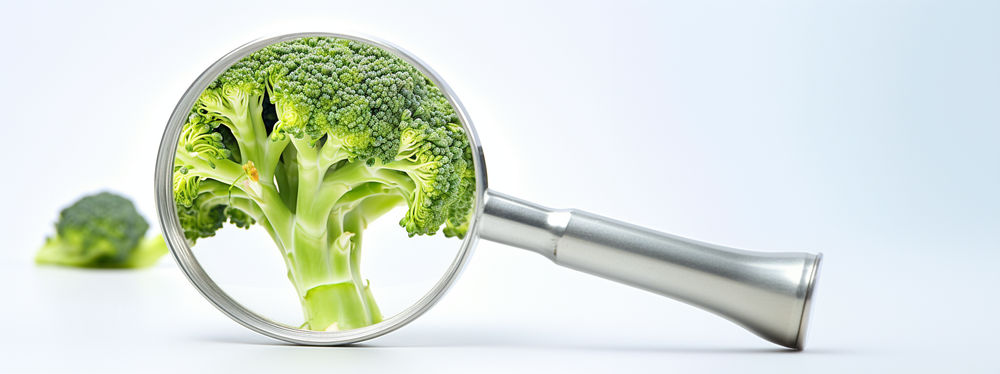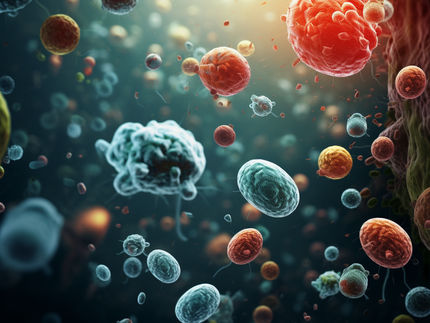BUND evaluates official data on PFAS: contamination in animal products widespread
Eternity chemicals found in 14 of 22 chicken egg samples
Advertisement
The German Federation for the Environment and Nature Conservation (BUND) is publishing the results of its PFAS check in food today. BUND systematically evaluated data from the European food safety Agency (EFSA) and tested 22 chicken egg samples for PFAS in spring 2025. The result: animal products in particular can often be contaminated with eternity chemicals.
The systematic evaluation of official test data carried out by BUND together with the French NGO Générations Futures makes it clear that animal foods in particular are contaminated with PFAS: 69 percent of fish, 55 percent of offal (liver, etc.) and mussels and 39 percent of chicken eggs. The PFAS concentrations in offal are particularly high. In contrast, only seven percent of vegetables were contaminated with one of the four PFAS tested.
Janna Kuhlmann, chemicals expert at BUND: "Pollutant-free food can only be produced in a healthy environment. But our waters and soils have long been contaminated with perpetual chemicals, and the trend is rising. We can see the effects of high PFAS levels in eggs from hobby farmers whose chickens can peck in the ground and eat earthworms. A PFAS ban is needed to stop the pollution of our environment!"
BUND tests chicken eggs: eggs from hobby farmers are particularly contaminated
The contamination of animal products is also shown by the results of a laboratory test recently commissioned by BUND. Eternal chemicals were detected in 14 of a total of 22 chicken egg samples from all over Germany, each tested for 32 individual PFAS substances. The four tested eggs from hobby farmers were more contaminated than the 18 samples from the supermarket. The applicable legal limits for four PFAS were not exceeded - however, significantly more PFAS types were found in several samples. Non-regulated PFAS such as perfluorobutanoic acid (PFBA) were also frequently detected - this is particularly mobile and quickly enters soil and water. "In the past, chicken eggs have repeatedly served as an indicator of environmental pollution with persistent substances," explains Janna Kuhlmann.
Persistent chemicals break down poorly or not at all in the environment and can accumulate in the body or spread over a wide area via the water cycle. Although there are legal limits for four PFAS in food, these are set far too high, especially for children, so that a weakening of the immune system cannot be ruled out with regular consumption. PFAS form a group of chemicals made up of over 10,000 individual man-made compounds. During production, use and disposal, these substances end up in the environment and in our waters and cannot be recovered from there. Large quantities of PFAS are also produced in Germany, for example in Leverkusen by Covestro, Bayer and Momentive, in Bad Wimpfen by Solvay, in Frankfurt am Main by Daikin and in Burgkirchen an der Alz by Dyneon, Archroma and W.L. Gore.
PFAS accumulate in the environment and the body
PFAS are now distributed all over the world. As they are used on a massive scale, the concentrations in our bodies and the environment are constantly increasing. Although PFAS are not directly toxic in the concentrations present, studies show their effect on the body with constant, long-term use. The consequences can be an increased cholesterol level or a greater risk of cardiovascular disease, liver damage or a weakened immune system. In the Netherlands, the consumption of eggs from hobby farming is already discouraged. The small BUND sample cannot provide a definitive answer as to whether this should also apply in Germany. BUND recommends that consumers include more plant-based protein products in their diet.
Kuhlmann: "We have long been consuming excessive amounts of PFAS every week. We must stop the further impregnation of our environment immediately."
BUND is therefore calling for
- the fastest possible restriction of the entire PFAS group for all applications;
- the consistent application of the polluter pays principle in the treatment and remediation of contaminated water and soil;
- the adjustment of the limit values for food, drinking water, soil and water to the tolerable weekly intake (TWI) determined by the European Food Safety Authority (EFSA), at which there is no risk of weakening the immune system.
Note: This article has been translated using a computer system without human intervention. LUMITOS offers these automatic translations to present a wider range of current news. Since this article has been translated with automatic translation, it is possible that it contains errors in vocabulary, syntax or grammar. The original article in German can be found here.
Other news from the department science
Most read news
More news from our other portals
See the theme worlds for related content
Topic world Food safety
Food safety is at the heart of the food and beverage industry. It ensures that the food we eat every day is not only nutritious, but also free of harmful contaminants. From field to plate, the industry monitors and regulates every step of the process with strict quality controls, advanced testing methods and continuous research.

Topic world Food safety
Food safety is at the heart of the food and beverage industry. It ensures that the food we eat every day is not only nutritious, but also free of harmful contaminants. From field to plate, the industry monitors and regulates every step of the process with strict quality controls, advanced testing methods and continuous research.
© 1997-2025 LUMITOS AG, All rights reserved































































